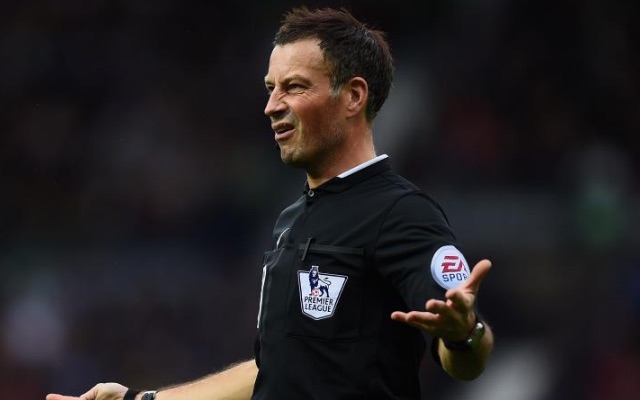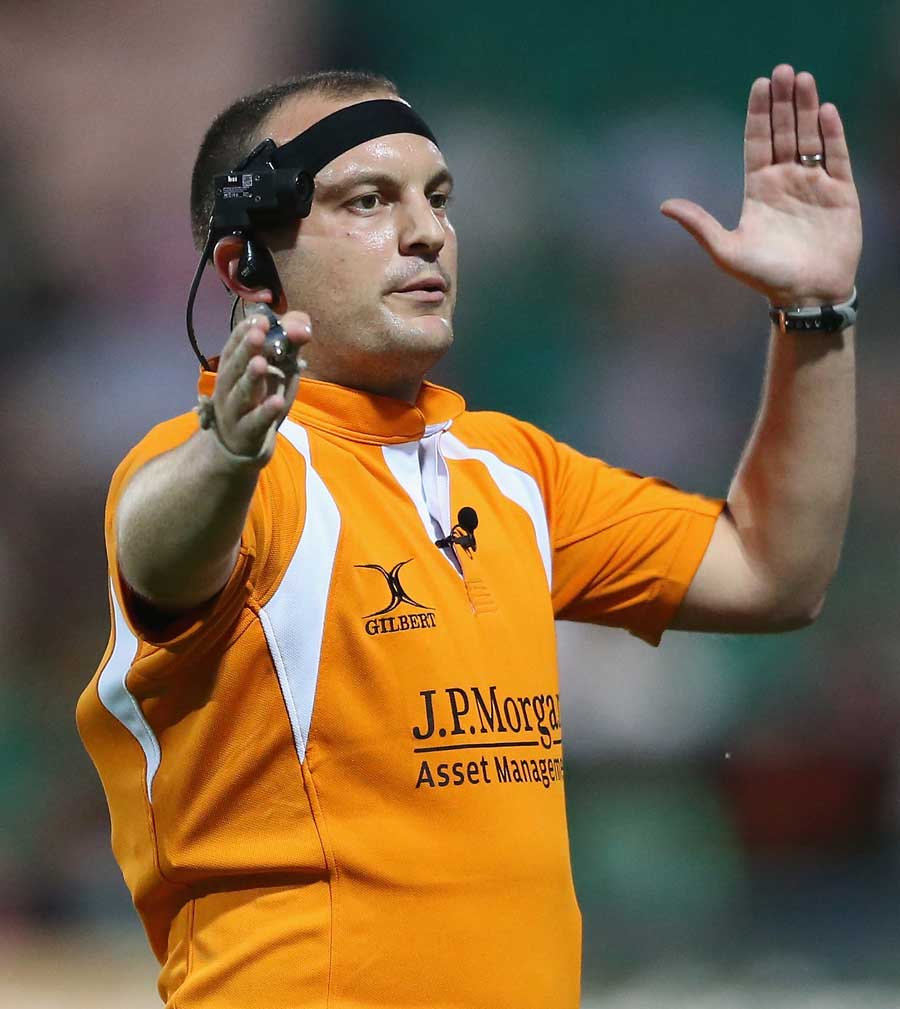BY JORDAN-LUKE MCDONALD @TheSilvaLining
So we have finally reached the end of a rather exciting 2025/26 campaign and several records have been broken. The most offsides in a single game now stands at 37, the most fouls at 92 and the most stoppage time at 24 minutes.
It seems that the implementation of robots as referees and lasers as linesmen has made the beautiful game that little more exciting. A clinical edge has been added to the game.
I am, of course, exaggerating. But if there continues to be a unified outcry for additional technology to be incorporated into the game, who knows where we will end up in the next ten years. Maybe we will end up at the point of ludicrousness.
Chief executive of the Welsh FA Jonathan Ford recently admitted that live trials of video technology in football will be used by 2017/18, although he insisted that he does not want to ‘spoil the fluidity or the beauty of the game’.
Yet it is true that every season of football is marred with controversial officiating decisions. Every single one. In fact, it is rare for even a week of on-field action to go by without some kind of refereeing blunder. Whether it’s an offside not flagged that indirectly leads to a goal or a rash challenge that goes unnoticed, refereeing mistakes occur on a regular basis. Whether that is ‘beautiful’ or not, you can make up your own mind.
So what exactly can we do to solve the problem? In fact, is it even a problem at all?
Sure, we would all like to think of the aforementioned footballing utopia in which every decision is ‘correct’, although then the ultimate question is: what is a ‘correct’ decision? Whether or not the ball crosses the goal line or touchline is a pretty obvious, black and white decision.
Back in 2012, Michel Platini affirmed his disapproval to any use of technology in terms of officiating football. He suggested that he might be open to goal-line technology, but claimed that its implementation would be ‘the first step towards the introduction of technology in all areas of the game’, which he opposed.
Since then, goal-line technology has in fact been introduced across the globe. Yet if, as some football fans are crying out for, we see the implementation of an all-encompassing video technology, the lines between what is black and white might become blurred into some hideous grey mess.
Some argue that video technology would slow down the fast-paced action, or in Ford’s words, the fundamental ‘fluidity’ of football. However, there is the potential for teams to have a limited number of replays per game for specific cases in which they feel they have a serious case.
And whilst this would prevent the game from becoming a stop-start affair, another issue then arises. What if each team is permitted two contentions, uses them both and both result in no change to the outcome of a decision? Even worse would be if both are correct and then a third incident cannot be examined, even if it is wrong. Perhaps a your-number-of-claims-only-reduces-if-the-original-decision-was-correct method could work. But again, what if your first two claims were wrong and a third instance would have been right but you cannot claim?
Many use the parallel of Rugby League, whereby the referee can revert to the ‘video referee’ upon demand. But even there, the rules and regulations have become bizarre. The video technology can only overturn a decision if there is ‘sufficient evidence’ that the original decision is incorrect.
Even still, Rugby League is a full contact sport; the only decisions which are assessed by the video referee are offsides, knock-ons, if the player is out of play, and so on. Even then, only the last passage of play before a try is scored can be assessed. Not to mention that the aforementioned instances are all black and white calls.
The same applies to tennis. If the ball bounces outside of play, it is outside of play. And whilst this could be useful for offside, throw in and corner kick decisions, other decisions might be harder to call.
Subjective matters, such as fouls, dives and time wasting, are so prominent in football. Yet these aspects of the game cannot be examined in the same way. If they could, how else do we have television pundits and commentators debating contentious issues after the majority of fixtures?
Speaking of commentators, you will often hear them talk about the referee ‘handling the game well’ or ‘not disrupting the flow’, as in adapting his officiating to certain occasions. The Chelsea v Tottenham game which ultimately ended the latter’s hopes of catching Leicester this season was marred by melees, bookings and heated exchanges. So it was quite surprising that Spurs received nine yellow cards – the most of any team in a single Premier League match – and yet nobody was sent off.
If the intensity of that game had featured in an opening day fixture between West Ham and Swansea, you might have expected a couple of players to have been dismissed.
Of course, midfielder Mousa Dembele was handed a retrospective six-match ban for gouging Diego Costa’s eye. But if video technology had been employed during that game, there could potentially have been several other players sent off too – not even just Dembele.
But video technology as a means of aiding referees depends on totally uniformity from the referees themselves. All games would have to be governed in the exact same manner.
Another example of commentators seemingly reflecting poor officiating as the right thing to do is when they claim that a striker has been given the ‘benefit of the doubt’ when they receive the ball in an offside position.
If a player is offside, they are offside. Here is an instance where video technology (or some other form of technology on the touchline) might be advantageous. Football fans, fickle as they are, often lambast linesmen when their team concede from an offside, but concede themselves that football officials are ‘only human’ when their team score from an offside.
At the end of the day, linesmen are paid to ensure that players are not offside. It is their job. If a surgeon maimed a patient or a construction worker demolished the wrong building, they would not be given the benefit of the doubt. So instead of spending thousands of pounds on linesmen who probably need to spend their entire wage packet on a pair of spectacles, perhaps we ought to invest in some kind of touchline technology.
Times are changing. Technology is increasingly becoming a bigger part of a footballer’s life. From off-field injury rehabilitation to on-field statistical analysis, perhaps the officials need to keep with the times. Vanishing spray is not enough.
Who knows, maybe officials will be replaced by technology as opposed to keeping pace with it. It does seem baffling that UEFA persist with six officials but very limited, if any, technology. Ultimately, whether we will end up with robots for referees and lasers for linesmen, I do not know.
But one thing I do know is this: video technology can work, it is just a matter of if it will be implemented. For now, though, it appears not. UEFA have a luddite-approach that needs to change post-Platini.
SEE MORE:
Manchester United flop’s season reaches new low with axe from FA Cup squad
John Terry wages: Chelsea skipper sacrifices £9.4m to secure Stamford Bridge stay
Europa League heartbreak may be final Liverpool game for these five players


